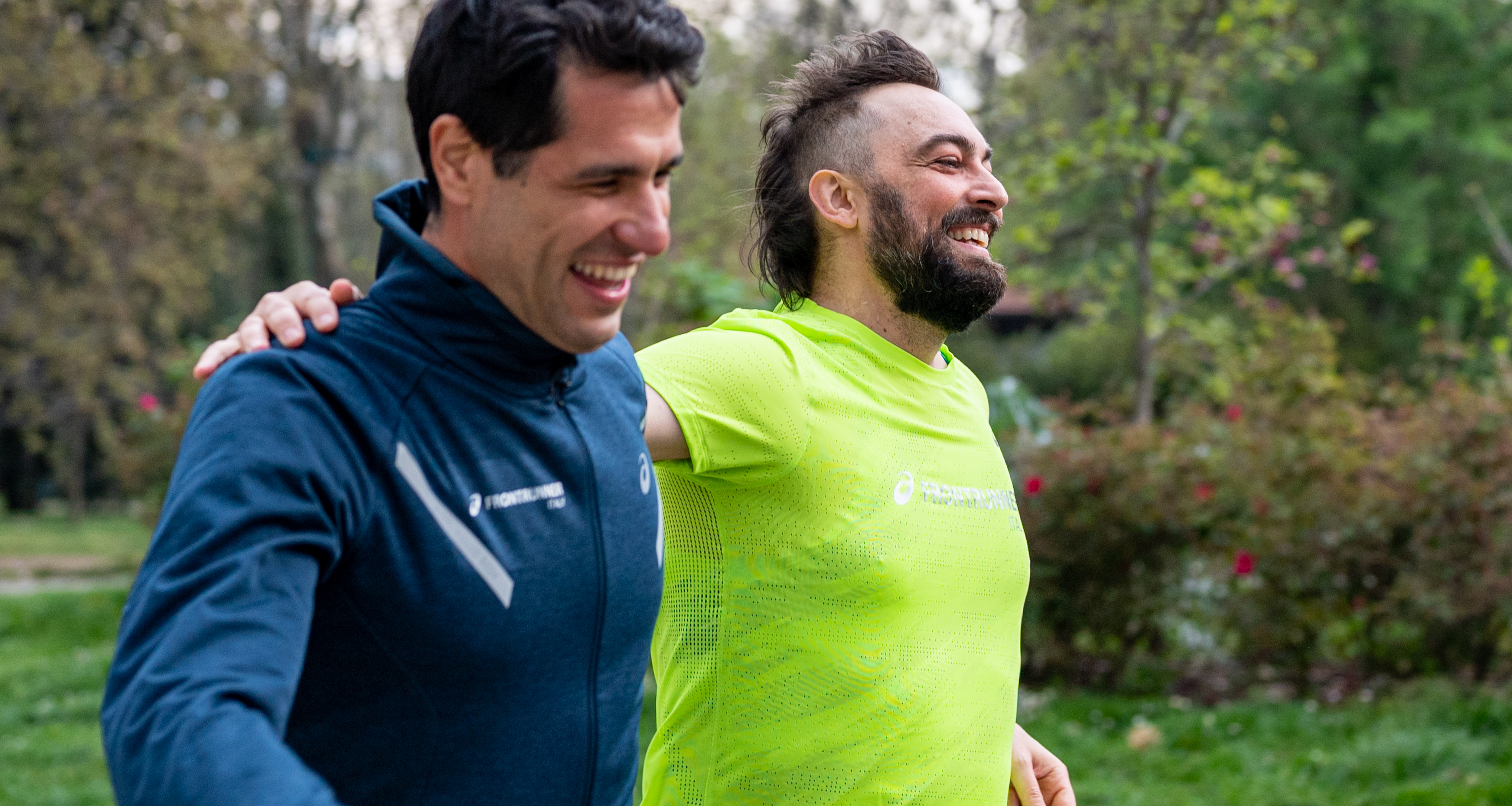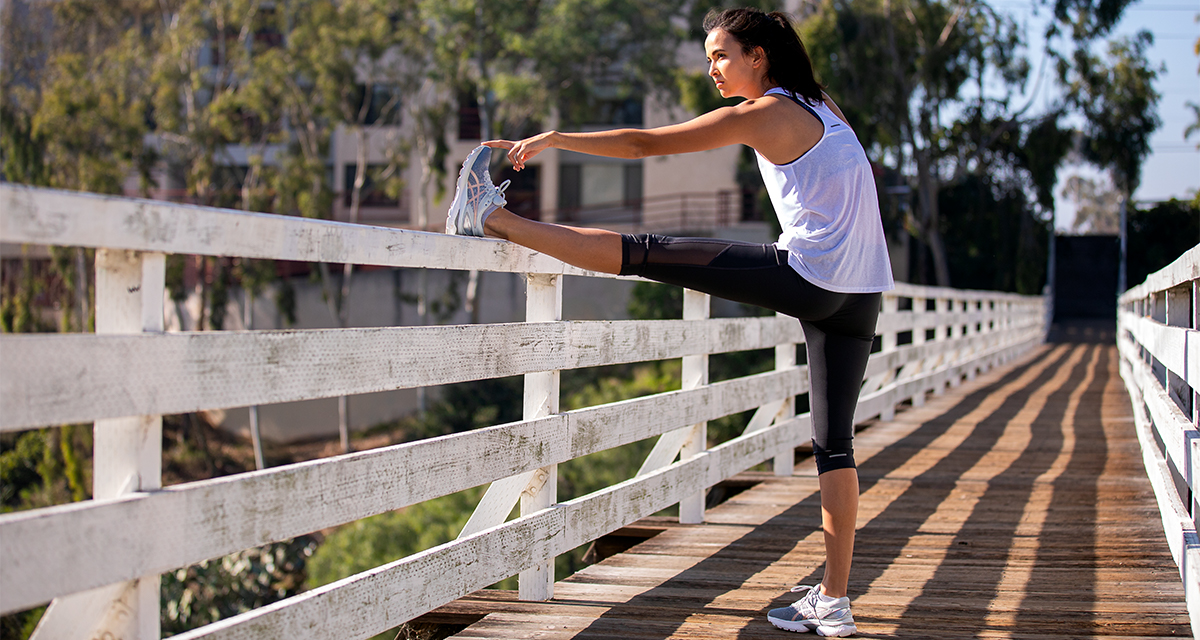The 10K is a popular pick for many runners. The distance attracts new and experienced runners alike. Whether you are running your first 10K or aiming for a personal record (PR), these tips will help you train for and race your best 10K.
Read more: Your Top 10K Training Questions, Answered
Tips for beginners
Build Endurance
For many new runners, the 10K is the natural next step after the 5K. If the furthest you have ever run is 3.1 miles, doubling the distance can be intimidating. Building your endurance will make the 10K both physically and mentally manageable.
It’s important to give yourself time to build up to the 10K distance. Gradually increase both your long run distance and your overall weekly mileage, so that you can run 6 miles a couple of weeks before race day. You can increase your mileage by adding an extra day—such as 4 days of running instead of 3 days—or adding a mile to each run every couple of weeks.
Pick up the Pace
If you are comfortably running 15 miles or more per week, you can begin to incorporate some faster running into your 10K training. Once per week, do a run that incorporates short intervals of running at a hard effort. Speedwork benefits all runners because of its unique ability to effectively improve your aerobic capacity. Quite simply, running faster in small amounts will help you run faster overall.
Beginners do not need to hit the track or run fast mile repeats. You can do your speed work on the roads, hills, treadmill, or track—whichever you are most comfortable with. Beginners should start with shorter intervals lasting one to three minutes in duration. Try this Intro to the Track workout or this Short and Fast Fartlek once per week in the 8-12 weeks leading up to your 10K race.

Ready to train for your first 10K or going for a PR? Check out the My First 10K Guided Workout training plan with Coach Erin in the ASICS Runkeeper app.
Tips for experienced runners
Respect the distance
It’s just 6 miles! Many experienced marathoners may dismiss the 10K as a “short” race, but the truth is that running 6.2 miles at the hardest effort possible is not easy. There is a huge difference between racing a 10K and completing a 6-mile easy run. The 10K hurts—a lot. The high level of discomfort—the burning lungs, fatigued legs, and metallic taste of the last 2 miles—makes the 10K more than just 6.2 miles. Respect the distance and prepare yourself mentally for being physically uncomfortable for a significant portion of the race.
Do Race Pace Speedwork
Many experienced runners will have a time goal for a 10K race. In order to run that time in the race, you need to practice the pace in training. Experienced runners with a solid aerobic base can spend 4-8 weeks specifically preparing for their 10K with workouts such as short intervals, tempo runs, and 10K pace intervals.
You do not want to leave your race in your training. The recovery intervals in between 10K pace intervals allow you to build your fitness without breaking down your body before race day. The 10K pace intervals can range from ½ mile to 2 miles at your goal pace, progressing as the race approaches. Begin with shorter intervals covering 4-5 miles total and build up to longer intervals covering 5-6 miles.
Some 10K pace workouts include:
- 8-10 x 1K at 10K pace with 2 minutes easy in between
- 4-6 x 1 mile at 10K pace with 3 minutes easy in between
- 4-5 x 2K (1.24 mile) at 10K pace with 3 minutes easy in between
- 2-3 x 2 mile at 10K pace with 3 minutes easy in between
Tips for runners of all levels
Strength Train
Running is essentially a prolonged series of single-legged forwards hops. The stronger your glutes and leg muscles are, the faster you can run and the longer you can sustain that fast speed. Your core and upper body strength matter as well, since your core provides stability and your upper body contributes to good running form.
Speedwork does improve your aerobic capacity and running economy, thereby making you a faster runner, but you can only do so much speedwork. Strength training supplements those gains of speedwork by further improving your economy. According to a study in Sports Medicine, distance runners can improve their running economy up to 8% with consistent strength training. A better running economy means more speed – which translates to a faster 10K time.
Finally, runners who strength train regularly are less likely to get injured, since strength training fixes muscular imbalances and makes muscles more resistant to the repetitive pounding of running.
Read more: How cross-training improves your running
Have a race strategy
Whether you are running a 40-minute or 80-minute 10K, proper pacing is key to running your best 10K. Starting out too fast can derail your goals and set you up for a miserable race. A race strategy keeps you from getting caught up in the excitement of the race. You can follow a race strategy regardless of your goals and experience. Aim to run the first mile at a controlled effort, the middle 4 miles at a steady and hard effort, and the last mile and two-tenths as hard as you possibly can. If you are trying to hit a certain pace, aim to run your goal pace to 10 seconds slower for the first mile, at your goal pace for the middle 4 miles, and as hard as you can to the finish line.
If you are running the 10K to complete it, you can do some dynamic stretches such as leg swings and arm swings to warm up. If you are racing for a time goal, treat the race as you would a hard workout and give yourself time to warm up before the race. You want to be ready to run fast! Jog at a very easy effort for 1-2 miles and complete your normal drills and dynamic stretches.
With these training and race day tips in mind, you are ready to run your best 10K!




